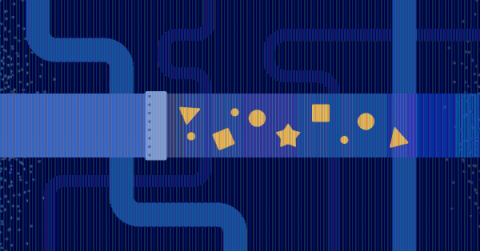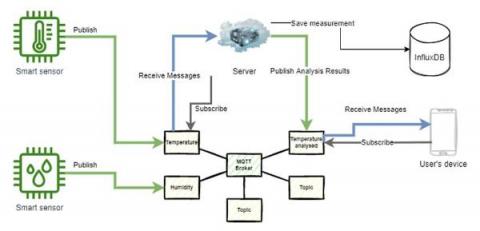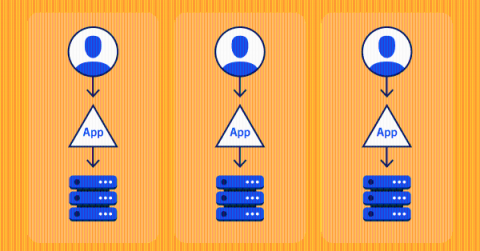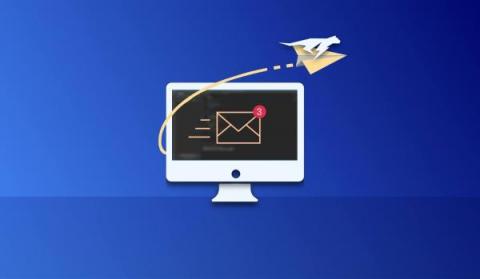MQ application compatibility across a quarter century
I was working on something recently where I had to upgrade various components in the tooling. And I was getting more and more annoyed that the upgrades broke my existing programs and scripts. None of that was MQ’s fault and I’ll write more about the project once it’s available alongside the newly-announced MQ 9.3. But it got me thinking about the efforts we’ve made to keep MQ application compatibility across its lifetime.










